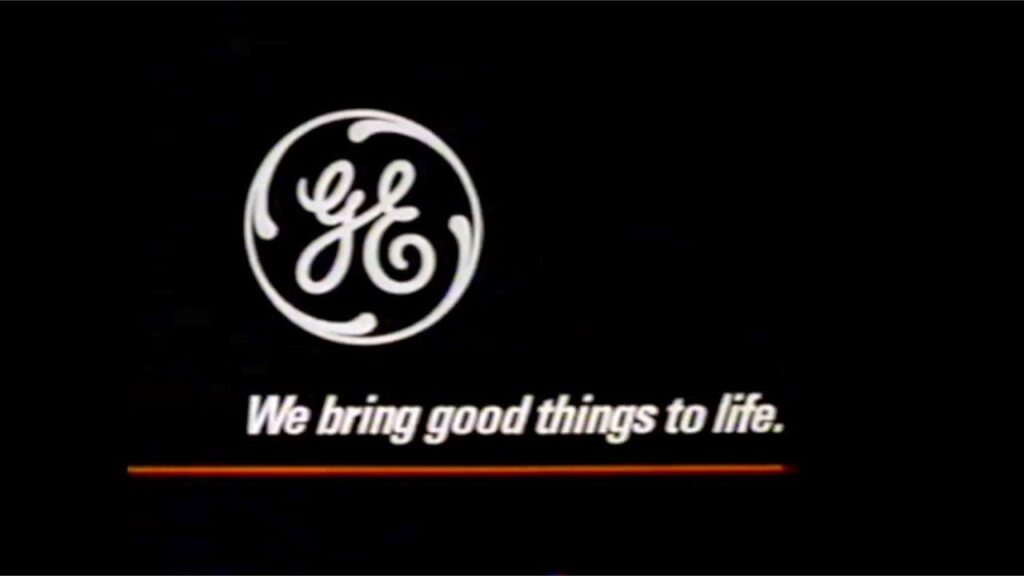Why we like the 1st Piece of Information?- Anchoring Bias

Anchoring bias uses our trust in the first information we get which becomes the anchor, and all future decisions are based on that anchor.
I saw online that a TV priced at Rs. 60,000. I went shopping at a local electronics store that offered it for Rs 59,000, which I happily accepted. Except that another dealer was selling the same model for just Rs 57,000, 2,000 cheaper than I paid and 3,000 cheaper than the online price.
I berated myself for a hasty decision. I wondered why did I jump to a decision so fast?
Anchoring bias implies that we prefer to use the first information we get.
Since the first information I got said Rs 60,000, the second offer seemed very good. I ignored additional information, such as the possibility that other dealers would have lower prices, and decided to use the information I already have to use as a reference point.
The Anchoring Bias
Anchoring or focalism is a cognitive bias that affects our ability to make decisions. This bias uses our trust in certain information. Usually, the first information we get becomes the anchor, and all future decisions are based on that anchor.
After the anchor is in place, other judgments are made by moving away from the anchor. There is a tendency to interpret other information around the anchor.
A common example of bias is the three-stage approach. There are 3 price points; the expensive top tier package costs Rs 1000, the mid-range package costs Rs 750, and the “cheap” package costs Rs 500.

We’ll take the most expensive priced package as an anchor, which then creates the feeling that the mid-range package is better than the expensive one because the mid-range options are cheaper too and the best of the lot.
Product Pricing
When shopping, prices usually end at 9. Marketers know that a bag priced at Rs 99 versus Rs 100 is considered not only Rs 1 cheaper, but it feels as if it is Rs 10 cheaper!
Researchers have found that the number 9 increases demand and interest in a product.
End of Season Sales
Products are grouped to make it look cheaper and as if there is a great discount. An anchor of higher-priced products is set. Some of the other products will be priced cheaper to create the feeling that you are getting a great deal.
To avoid this bias, remember to only buy something when you need it and consider whether it’s worth it at that price.
If you want to sell something, make your starting price high. People will base their discussions based on the starting price.
This can be used almost every day in many different situations, such as – salary negotiations, buying a car or even with daily groceries. The only real way to debunk anchoring bias is to compare market prices and not buy unnecessarily.
The next time you are trying to make a big decision, consider the impact of anchoring bias on your decision. Are you sufficiently considering all available information and all possible options or are you basing your choices on existing anchors?



